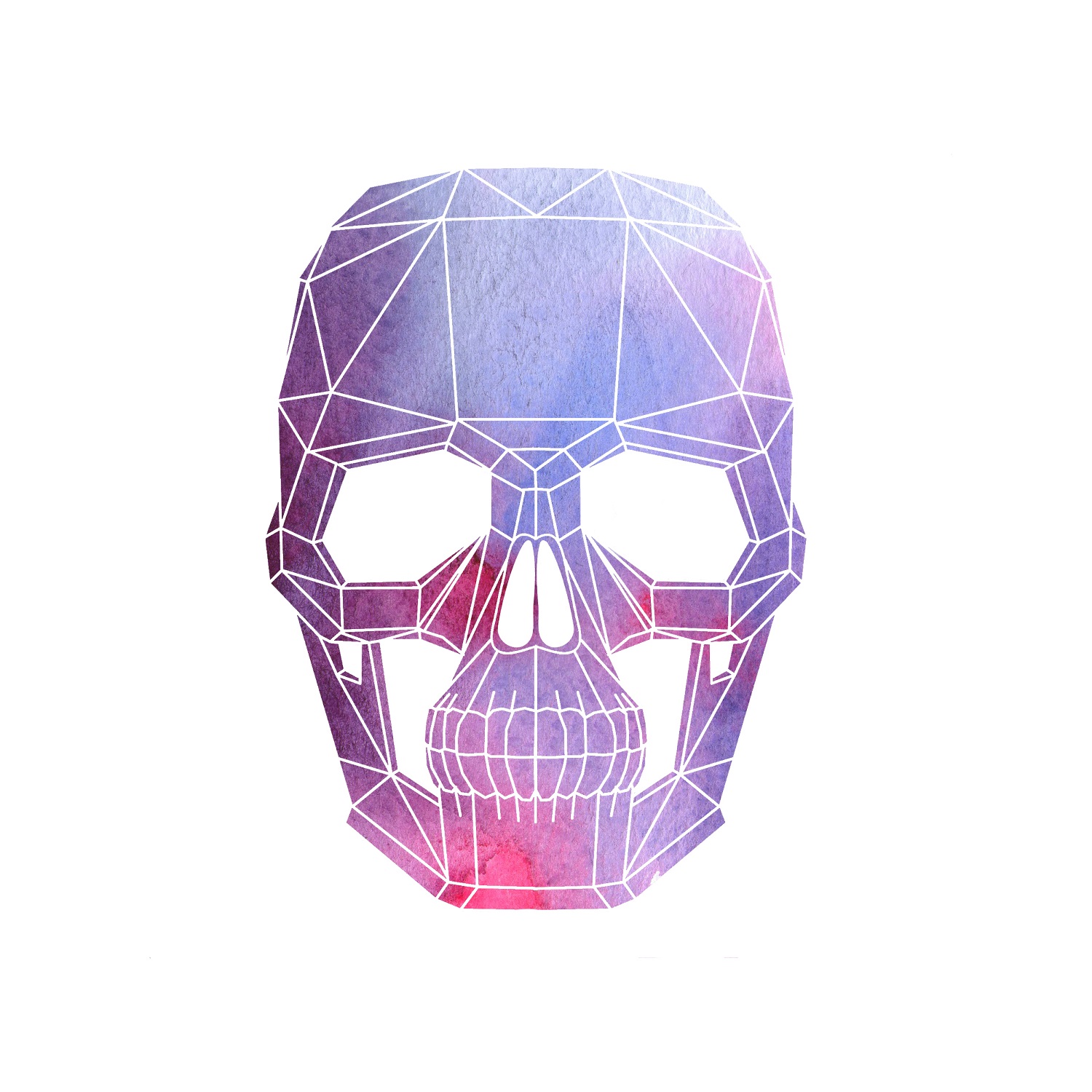
The cerebral function of imagination operates on all psychic levels–conscious and unconscious–and must be controlled if it is to spur an expedient configuration of the four psychological functions (i.e. sensation, intuition, thinking, and feeling) in the individual. We all know the awesome horsepower of mental images and pictures and the external exigencies they tend to constellate. Everything that humanity has every achieved began as a miniscule kernel, a mental image, which snowballed along the concentration ramp and acquired an existence in the phenomenal world through a premeditated set of actions. Visual artwork of every type and description, residential edifices and amenities, aircraft, spacecraft, municipal plans–in fact every artificial creation cogitated by human beings–first announced itself as a mental image in the ego-conscious. Without this capacity to form and sustain images, there would be no way of effecting quantitative and qualitative changes in our environment.
Put simply, the conscious and deliberate evocation of an image is a necessary precursor to action and accomplishment. In psychology this is called evocative imagination. Sometimes the image that comes to one’s mind may be static, identical to one seen in the external world of forms; at other times the prevailing type might be a miscellaneous hybrid image, original in that it has been cleaved from an existing set of definitive corporeal elements that have been arranged in a new or innovative manner. Whatever the case, the evocation and preservation of images in the mind’s eye is dialectically linked with the aptitude of the conscious will. If you can exercise a level of control over familiar and unfamiliar pictures or images by crystallizing them in consciousness, you would have gone a long way in mastering the art of concentration. An image that remains static in one’s mind for prolonged periods is tantamount to a strong, competent will in governance of the four psychological functions.
The following exercise in visualization should help in sharpening your concentration. The visualization of form and shape is connected with the thinking faculty; colour, on the other hand, is linked with the emotional faculty:
Relax and centre. Once you are in a good, comfortable space imagine that the four walls of a classroom have materialized around you. There are some tables and chairs about; the central ornament is a giant blackboard pinned on the wall directly ahead. You take a few steps forward and notice that a sole number is etched on it, the number nine. The image is white and vividly contrasts against the dark background. Keep it in your mind’s eye, noticing the explicit detail of its contour. Then allow a three to appear beside it.
You now have two numbers on the blackboard; a nine and a three. The number is ninety-three. Keep your gaze upon it and don’t allow any other rogue thoughts to disturb this trail of concentration. Suddenly and without notice, the number seven appears beside the three.
Stare at the three figures together, which make nine hundred and thirty-seven. Make sure you can see the three numbers–the nine, the three, and the seven–clearly and in their entirety. Keep watching this numerical image without allowing any other mental contents to disturb the visualization.
After dwelling on this for some time add another number, a five. The number you are seeing on the blackboard now is nine thousand, three-hundred, and seventy-five. Hold it in your mind’s eye without any interruption. Then add another number to the growing list, and another after that. Continue adding numbers until the multiplex image can no longer be sustained as a solitary visualization.
Relax and centre. Once you are in that good, comfortable space again imagine that the four walls of a classroom have rematerialized around you. There are some tables and chairs about; the central ornament is a giant blackboard pinned on the wall directly ahead. You take a few steps forward and notice that a two-dimensional, geometrical shape is etched on it, a red triangle. The image is a bright, auburn red and vividly contrasts the dark background. Keep it in your mind’s eye, noticing the explicit detail of its contour. Then allow an azure blue circle to appear beside it.
You now have two geometrical shapes on the blackboard; an auburn red triangle and an azure blue circle. Keep your gaze upon it and don’t allow any other rogue thoughts to disturb this trail of concentration. Suddenly and without notice, a jade green square appears beside the azure blue circle.
Stare at the three figures together. Make sure you can see the three geometrical figures–the auburn red triangle, the azure blue circle, and the jade green square–clearly and in their entirety. Keep watching these forms without allowing any other mental contents to disturb the visualization.
After dwelling on this for some time add another coloured shape, a mauve pentagon. The geometrical forms you are seeing on the blackboard now include an auburn red triangle, an azure blue circle, a jade green square, and a mauve pentagon. Hold these in your mind’s eye without any interruption. Then add another coloured shape to the growing list, and another after that. Continue adding coloured geometrical shapes until the trail can no longer be sustained as a solitary visualization.
Relax and centre. Pick a far more complex image such as a photograph, a drawing, a mathematical equation, or a chemical formula. Study your image of choice intensely for about a minute or two, taking notice of the inherent shape, the colours, any intricate and noteworthy details, and the general texture. Then close your eyes firmly and try to evoke a mental equivalent that does the original justice. Once you have finished with your visualization open your eyes and re-examine the original document. Was the exact same level of detail able to be recalled? If so, for how long? Can you still recall the same mental image minutes, or even hours after the initial endeavour?









